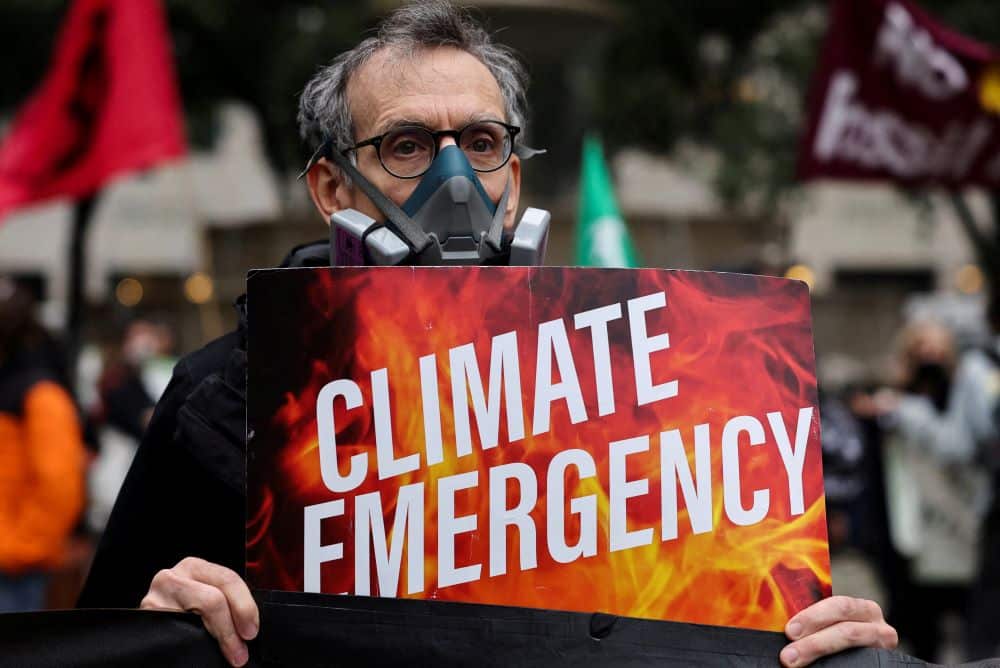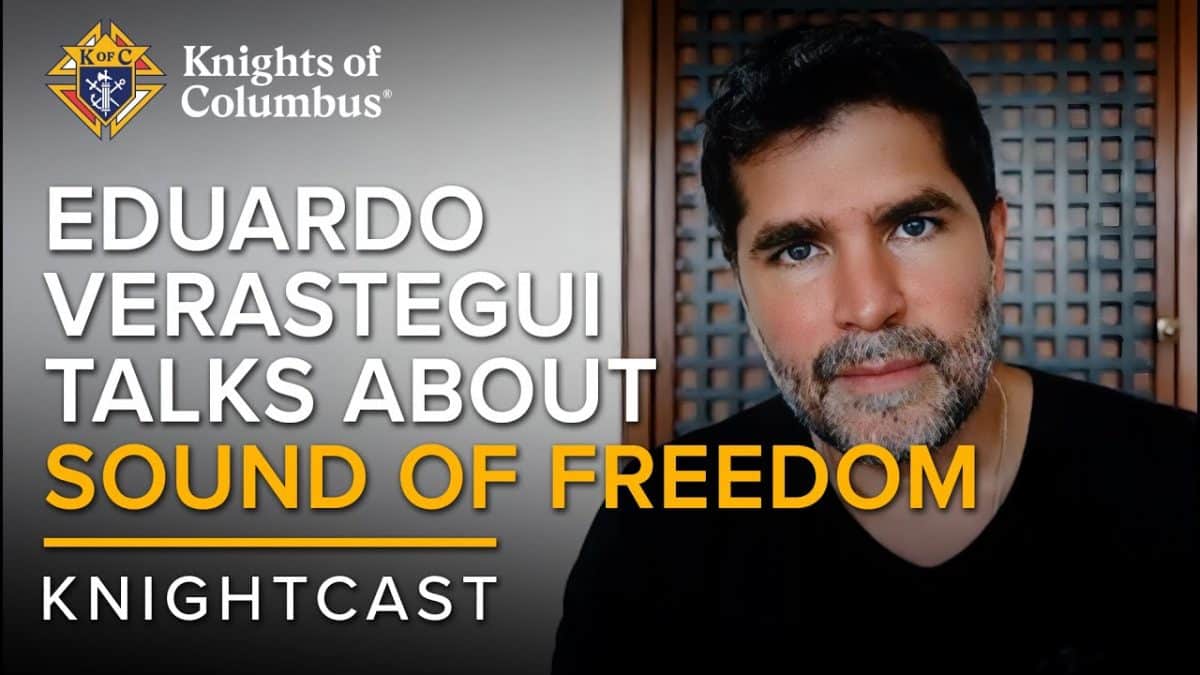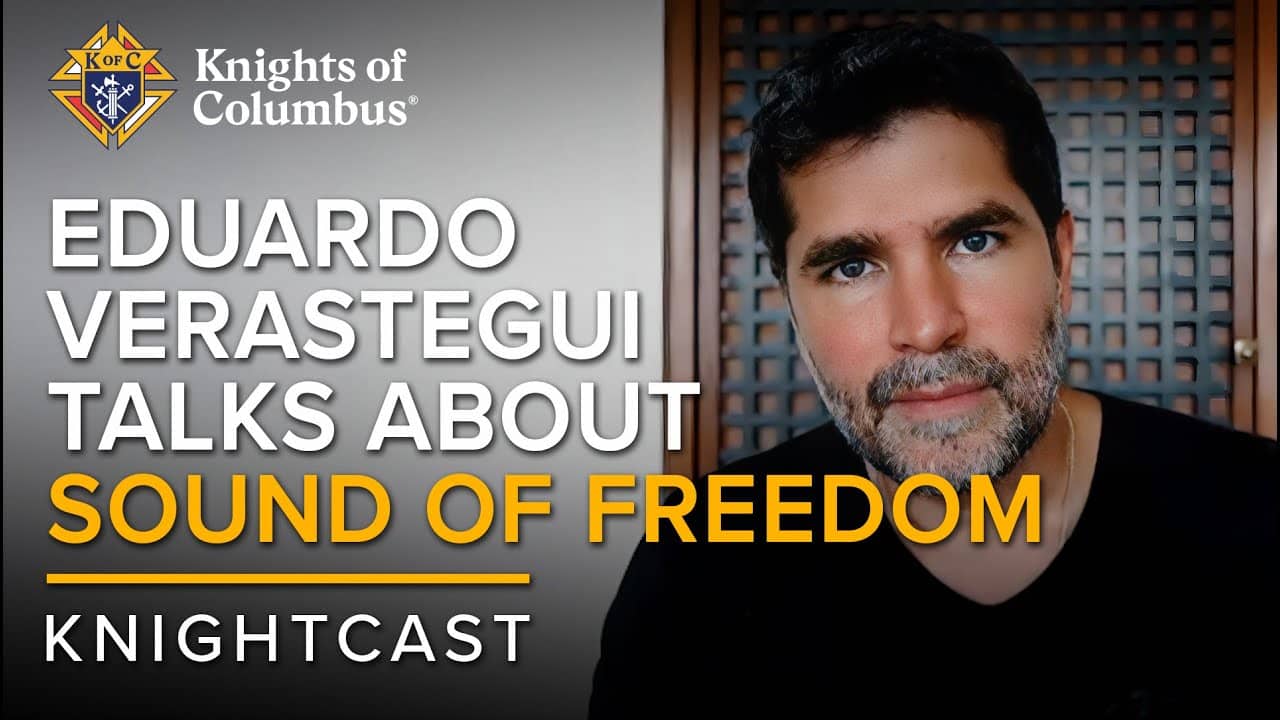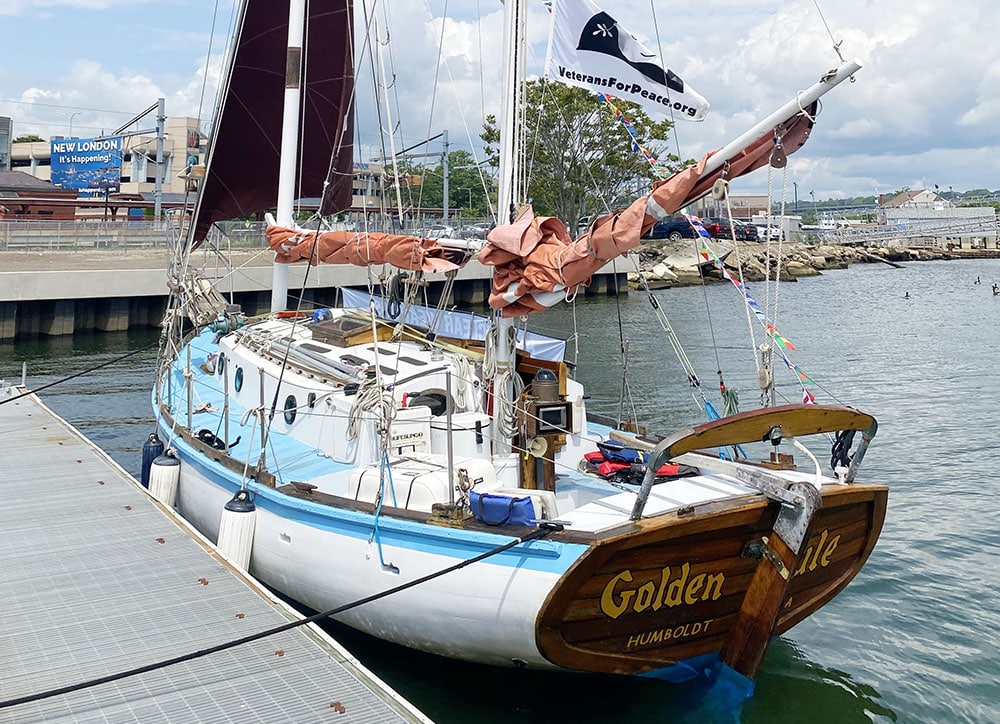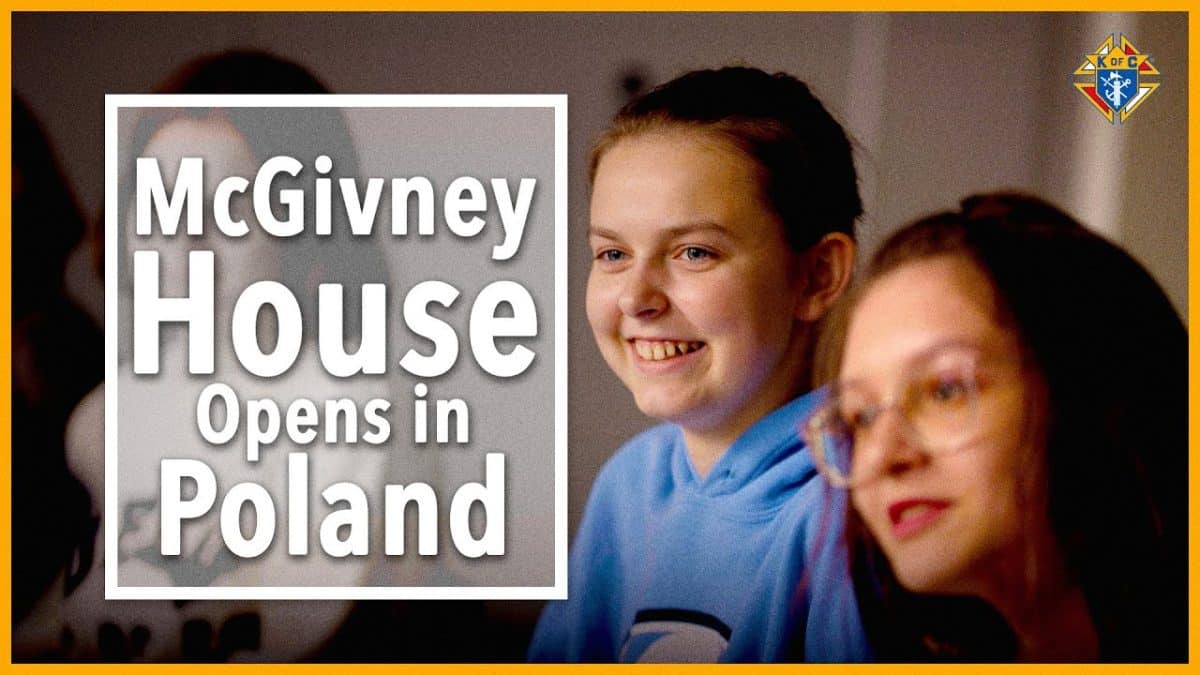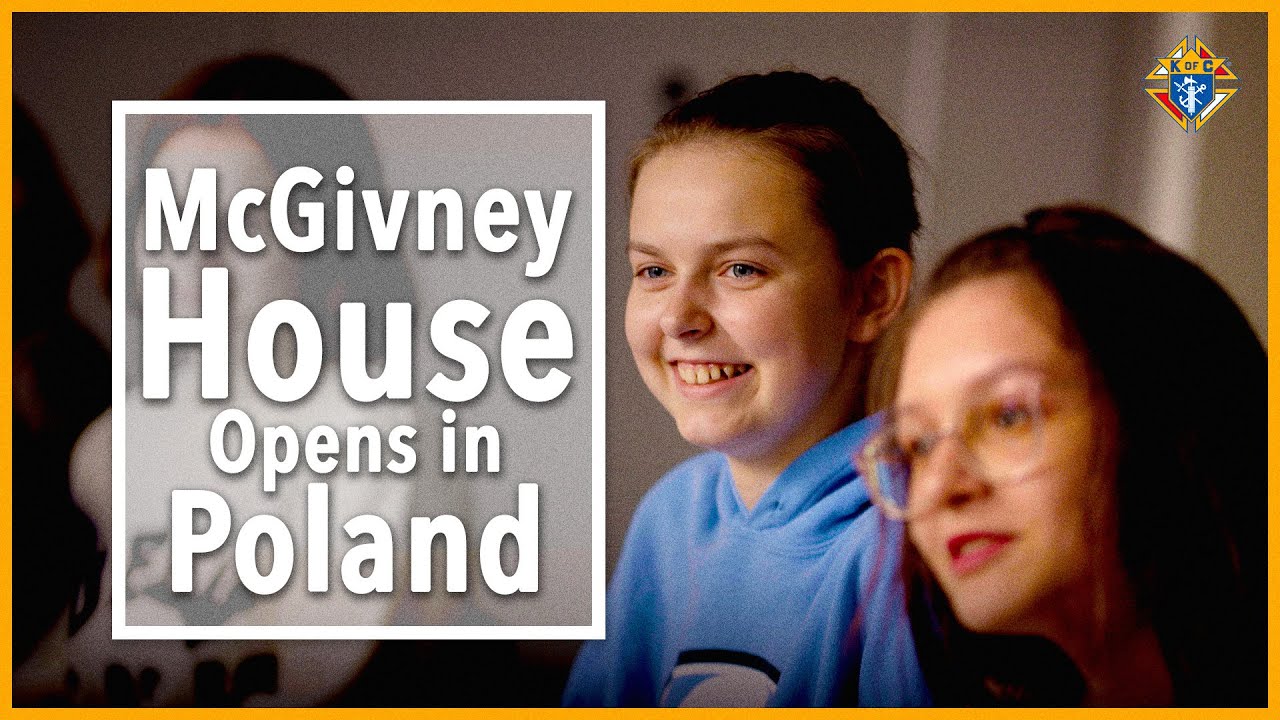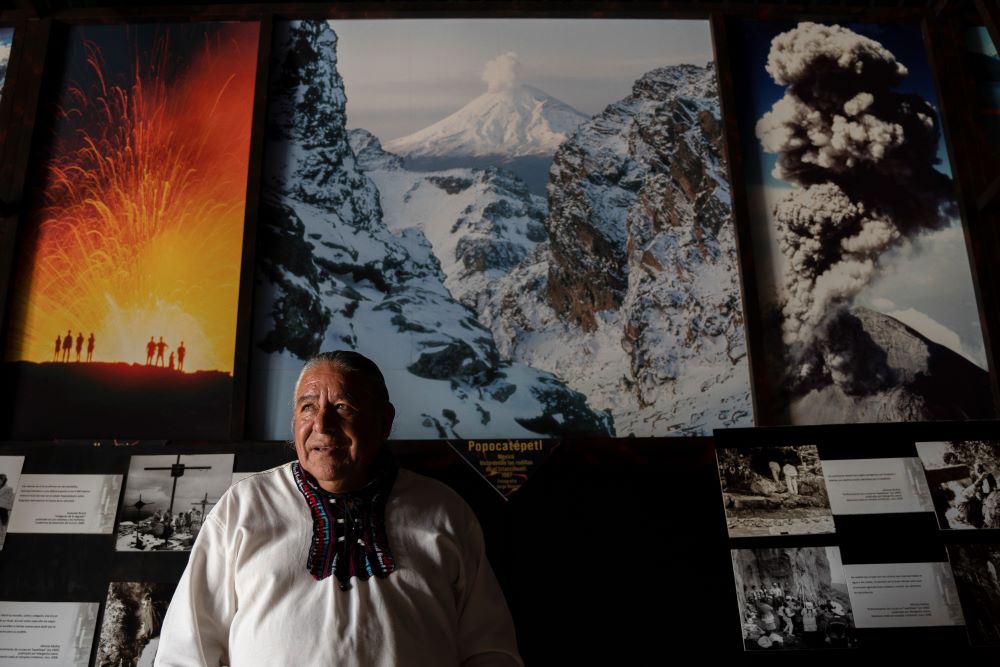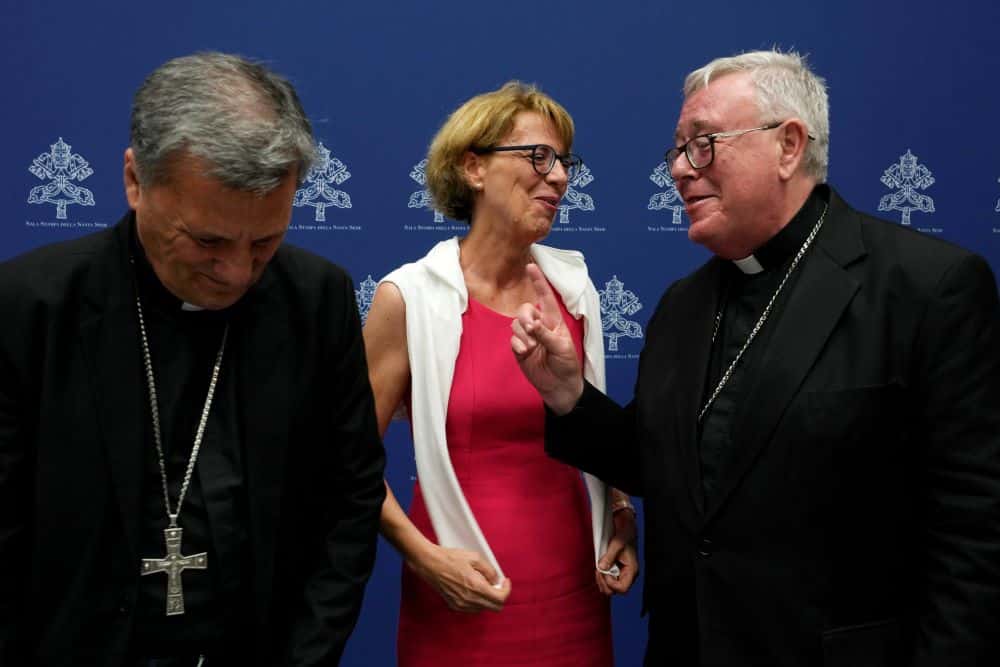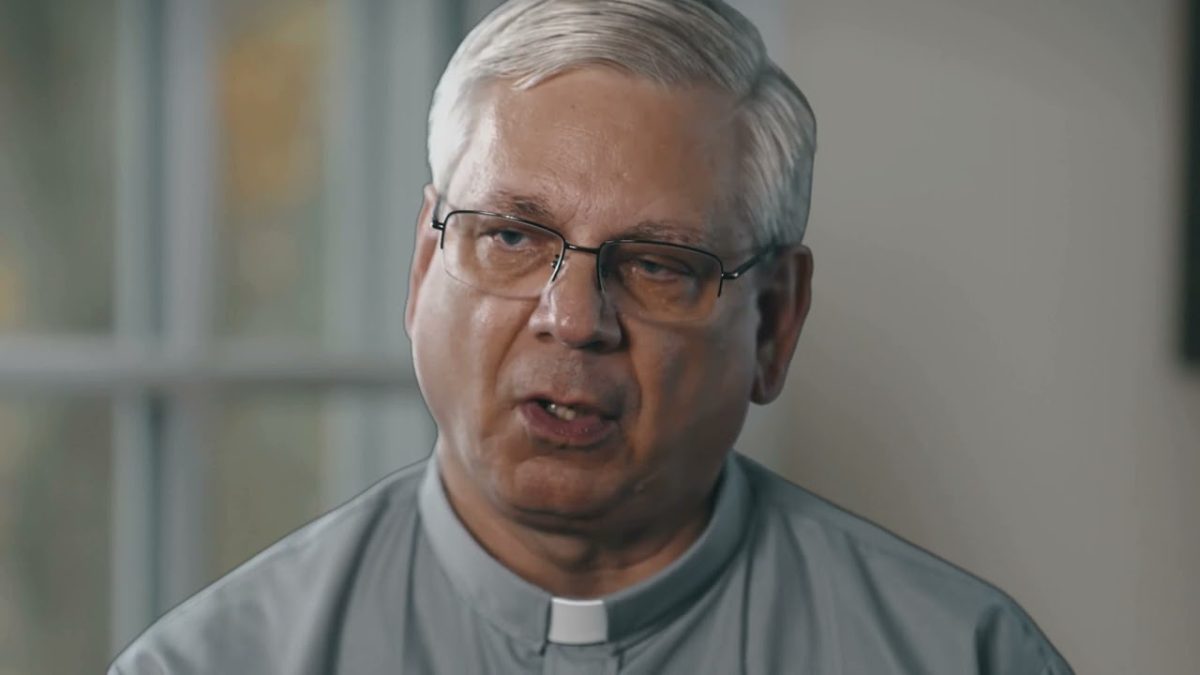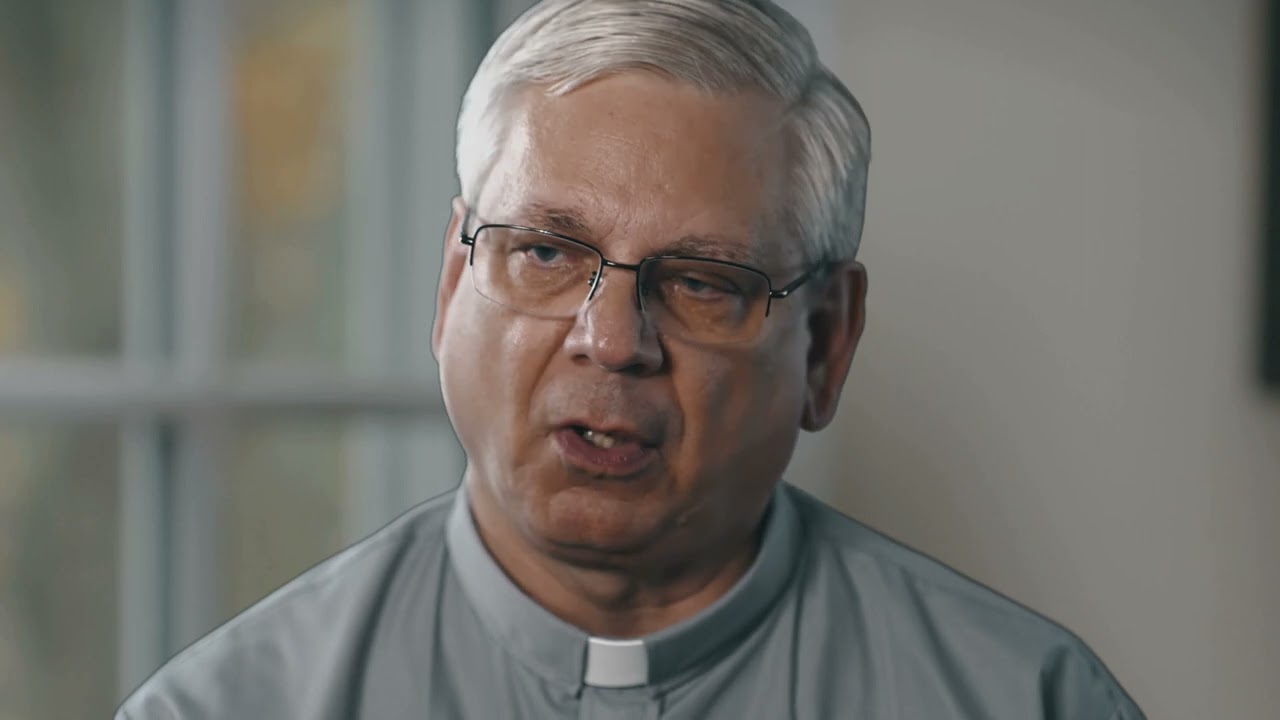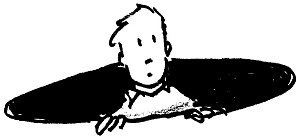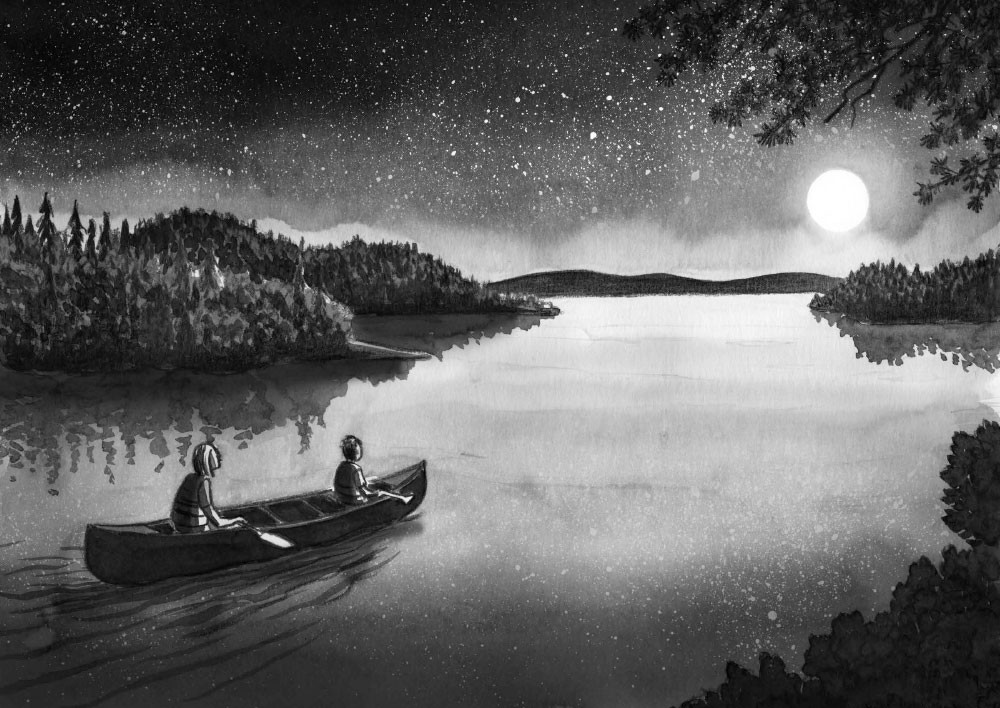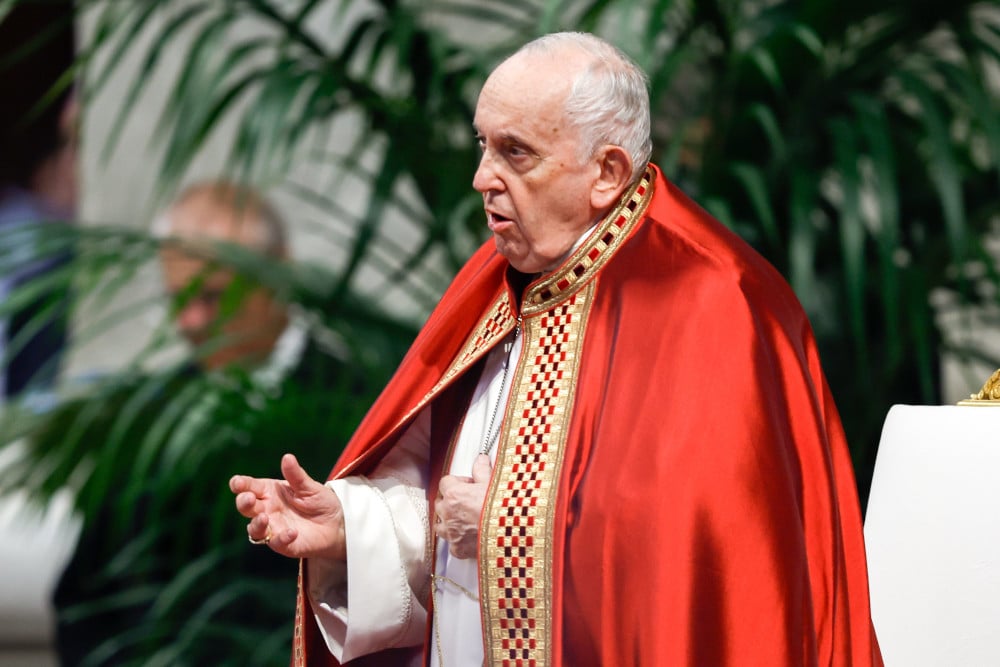
Nearly two years into the synod on synodality, Pope Francis’ global effort to listen to what Catholics think about their church, most American Catholics still find it unintelligible, from its seemingly circular name to its goals and methodology. If an American were in charge of running the pope’s synod, it would be very different.
Americans would begin by asking, « What are the major issues facing the Catholic Church? » To answer this question, they would use public opinion polling, focus groups, consultation with experts and a review of traditional and social media.
The results would show declines in church attendance, in sacramental practice (baptisms and marriages), in respect for the clergy, in the number of religious and priestly vocations and in the number of people who self-identify as Catholic. It would find that Catholics are angry about sexual abuse and its cover-up and that women are tired of being second-class citizens. One out of three people raised Catholic have left the church, and they do it at a young age.
If economists were studying the church, they would find that customers are staying away, the labor force is aging and shrinking, the brand has been tarnished by scandals and its products are no longer in demand.
If the church were on the stock market, its value would have plummeted and no one would invest in it.
After analyzing the problems, Americans would then get to work trying to find solutions.
Task forces would be formed to deal with each problem; experts would be consulted; and solutions would be test marketed to see what works. But for Americans, the process is less important than the solutions. Success is more important than theory.
This is not the way the Catholic Church operates.
Many in the church prefer to blame the world for its problems rather than to undergo a thorough self-examination. Secularism, consumerism, liberalism, anticlericalism, capitalism and other « isms » are easy explanations for the church’s failures.
Churchmen also see failure differently from scientists. If a scientist has a theory that does not fit the world, she will revise her theory. If a churchman has a theology that does not fit the world, then the world must change.
This ideological approach to reality allows churchmen to ignore data in order to continue doing the same old things. As Fr. Andrew Greeley, the eminent Catholic sociologist, pointed out decades ago, churchmen have little training or respect for the social sciences. All answers will be found in theology; data can be ignored.
Francis’ synodal approach breaks with this ideological tradition. Perhaps because he was first trained as a scientist, he abhors ideology from both the right and the left.
His enthusiasm for consulting the faithful is confusing to traditionalists, who believe the church has all the answers already. They do not understand how he can open up for discussion issues that Popes John Paul II and Benedict XVI said were closed. But his willingness to consult the faithful is also confusing to liberals because they equate it with democracy, which stipulates that whoever has the most votes wins.
What is most confusing for Americans is that for Francis, the process may be more important than the results. The voyage may be more important than the destination.
For Francis, synodality is a spiritual experience. It is a way of experiencing the Spirit as a discerning community. It is a way of being the community of the disciples of Christ. It is being church.
« As we listen attentively to each other’s lived experiences, » explains the synod’s working paper, or Instrumentum Laboris, released June 20, « we grow in mutual respect and begin to discern the movements of God’s Spirit in the lives of others and in our own. In this way, » we become « a Church increasingly capable of making prophetic decisions that are the fruit of the Spirit’s guidance. »
Being synod, doing synod, in other words, is more important than the decisions that will come out of the synod. If the synod made decisions (even correct ones) but made them in the wrong way, in Francis’ mind, the synod would be a failure. The destination is reached, but the trip was a failure.
This is absolute nonsense to results-oriented Americans.
What matters to us is the decisions the synod makes. Can women become deacons or priests? Can married persons become priests? Will regulations on sex abuse be strengthened and enforced? Will gay couples be blessed? Will the traditional Latin Mass be suppressed or expanded? Will top jobs in the Vatican (prefects and nuncios) be opened to laymen and women? Will lay people have a decision-making role in the church? Will the church’s teaching on sex and gender be updated?
For Francis, it is more important that those involved in the synodal process experience the Spirit during their time together in prayer, discussion and listening. They are modeling what it means to be church.
This disconnect is especially problematic for journalists who must cover the synod. We can’t interview the Spirit who is the one behind the curtain pulling the strings. Anyone who gets that interview will win a Pulitzer. Interviewing those who have experienced the Spirit is a frustrating process where you struggle to find the lead. Their responses often sound like pious gobbledygook.
All of this is reflected in the Instrumentum Laboris.
To begin with, the document needed a good editor, who would have cut it down to half its length. Even a dedicated church watcher like me found it hard to keep my eyes open reading it the first time. I had to read it a number of times in small doses over several days.
The document confused many because it raised questions without giving answers. As a result, most journalists focused on the items dealing with LGBTQ people, women deacons, married priests and lay decision-making in the church — things the ordinary reader could understand.
When the synodal delegates gather in Rome this October, their challenge will be to be open to the Spirit in their prayer and conversations. Egos must be put aside. Ideologies must be tabled.
Like the apostles gathered in the upper room with Mary, they must experience the Spirit’s call to communion, mission and co-responsibility. Like the Apostles gathered with Peter and Paul in the church’s first synod in Jerusalem, they must speak boldly, listen with charity and not be afraid of being revolutionary when the Spirit calls for it.
